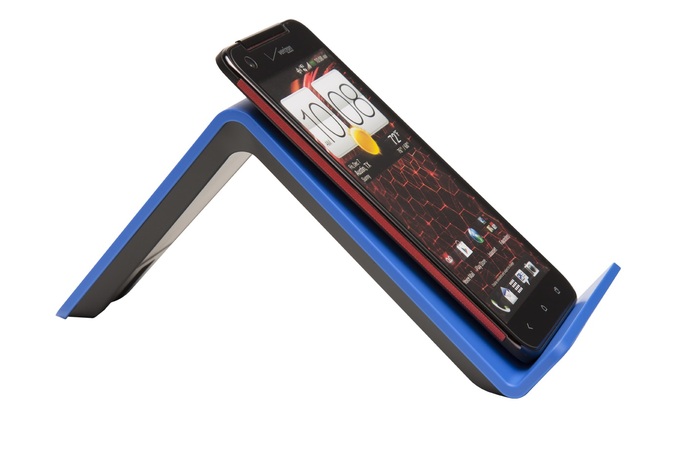Just installed a wireless charging receiver on my Note 3 and it seems to charge fine on my charging pad. The only problem is sometimes it will stop charging, then immediately reconnect (I get the "Wireless charging now active" dialog box). Then a few seconds later, it will do it again. Sometimes it won't do this at all, other times it will repeat this for hours.
Is this happening because the phone is not positioned properly? Or is it because the phone fully charges (to 100%), then it turns off and as power is consumed, it starts charging again (at 99%) until its topped off again?
How do I stop this from happening? Is this a hardware issue, or can I change an Android phone setting? Or would a 3rd party app for battery monitoring help throttle power or control charging cycles?
In case it matters, here is what I'm using:
TBS,dH(C7P!~~60_35.JPG)


Is this happening because the phone is not positioned properly? Or is it because the phone fully charges (to 100%), then it turns off and as power is consumed, it starts charging again (at 99%) until its topped off again?
How do I stop this from happening? Is this a hardware issue, or can I change an Android phone setting? Or would a 3rd party app for battery monitoring help throttle power or control charging cycles?
In case it matters, here is what I'm using:
- White eBay Qi-compatible charging receiver:
- TYLT Vu wireless charging cradle:

- Ringke Slim Case:









